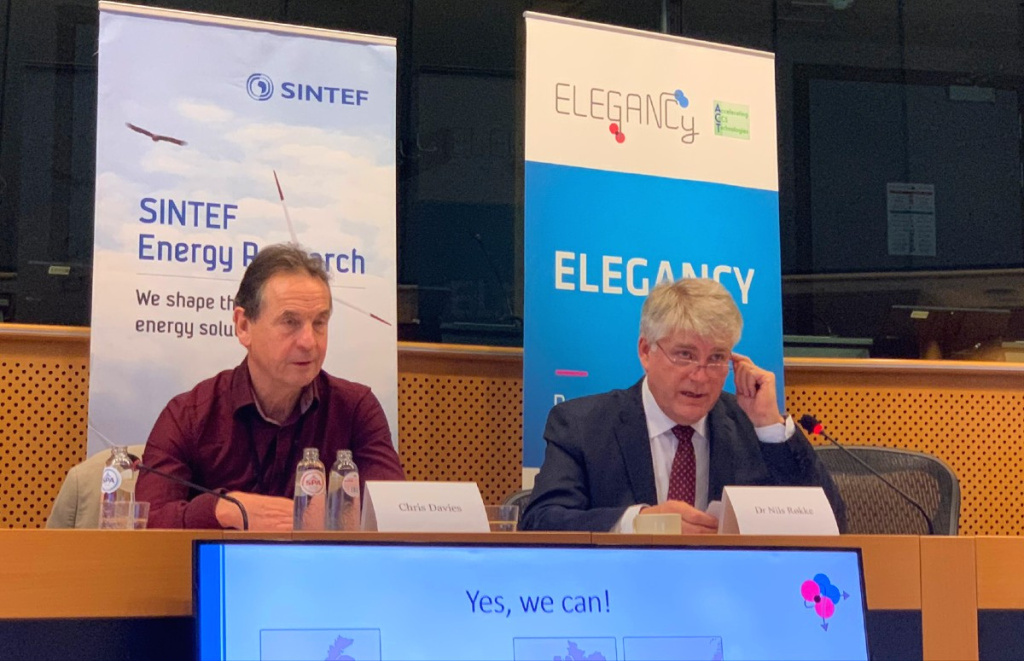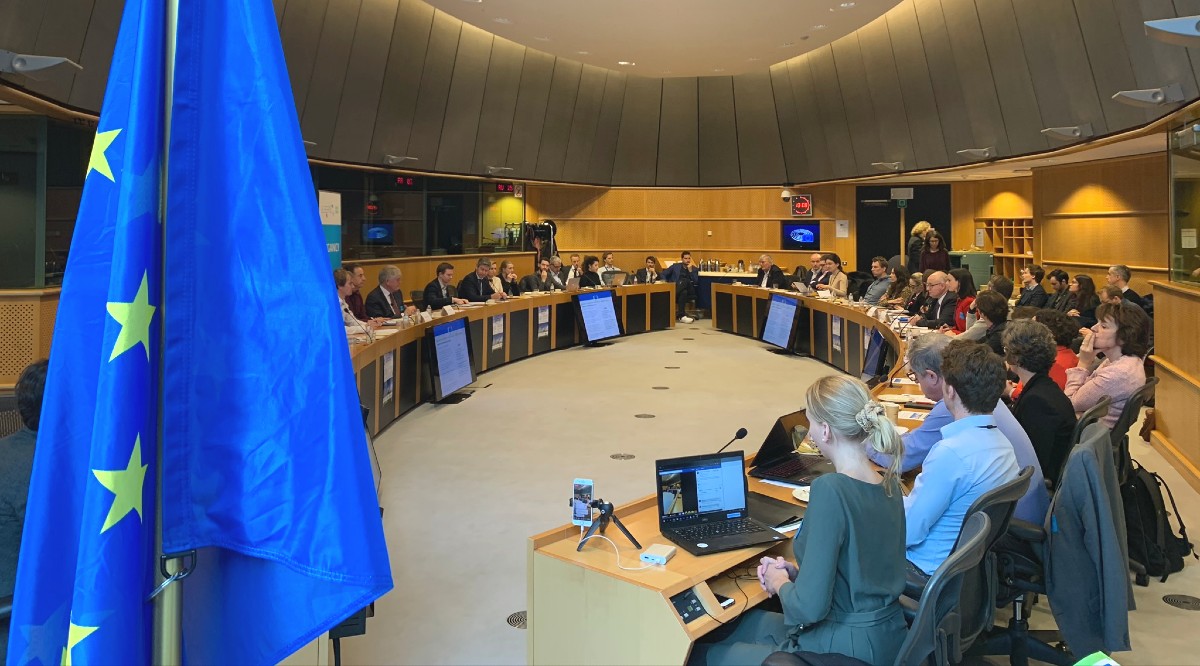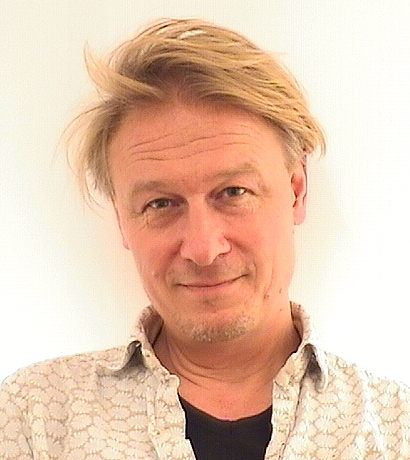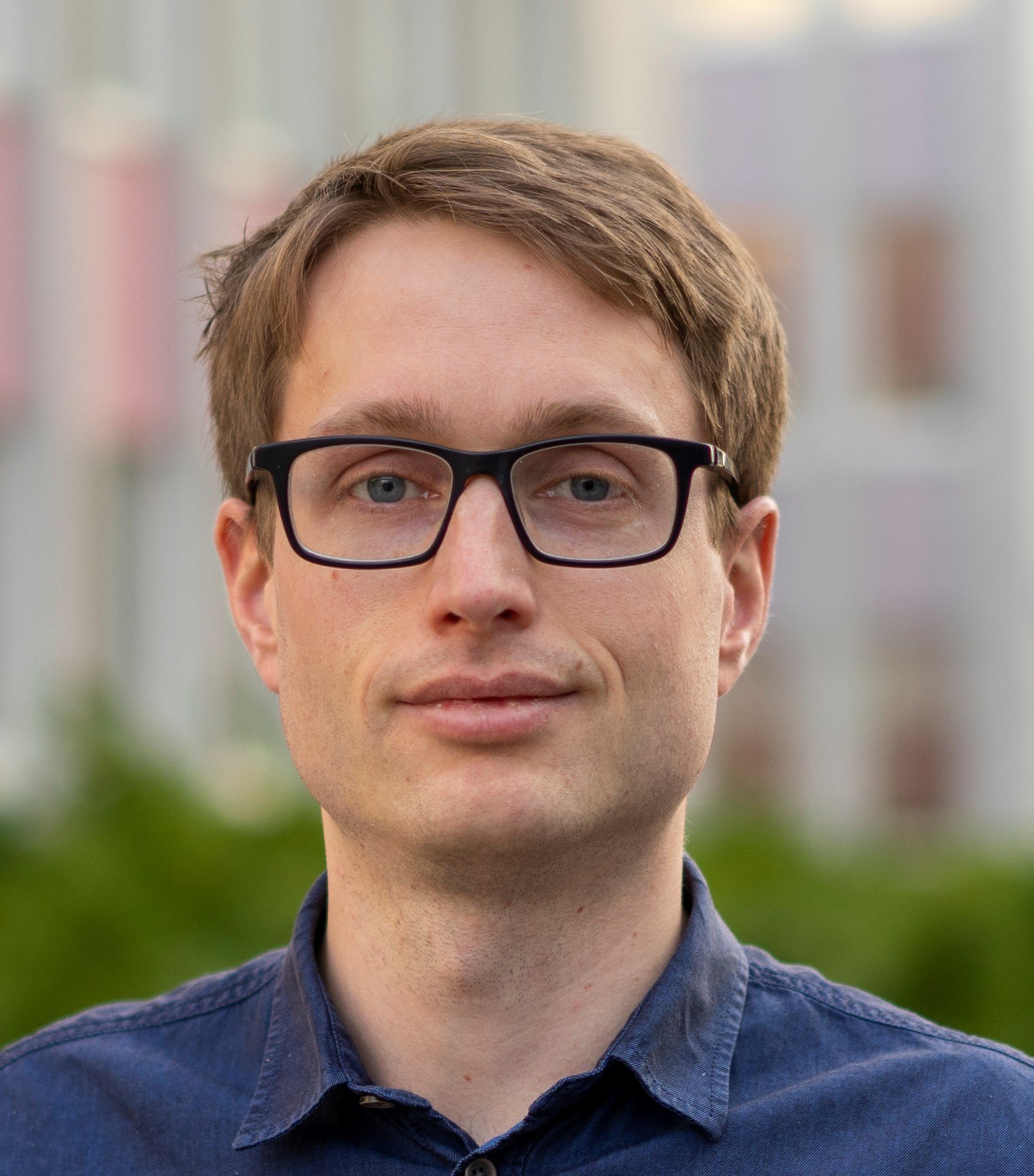More than 50 energy researchers, European policymakers, MEPs and their staff, press and other interested parties gathered in the EU Parliament last month to hear the very latest news on Hydrogen with CCS (CO2 capture, transport and storage) as a key element in Europe’s energy transition.
How to fast-track the commercial deployment of CCS
CCS is the only technology that can substantially reduce CO2 emissions from fossil fuels and industrial processes, but there’s a business model problem. The combination of high immediate costs with long-term benefits means incentives are required to spur industrial uptake. Producing Hydrogen from natural gas also produces CO2, which can provide the economic driver needed to fast-track commercial deployment of CCS.
Organised by SINTEF Energy Research, the event Zero Emissions with Hydrogen Now! presented results from the ELEGANCY project, an ACT (Accelerating CCS Technologies) research project aiming to provide knowledge in the form of data, models and case studies on how Europe’s energy system can be decarbonized via CCS and Hydrogen.
Read more on ELEGANCY: Dutch Case Study: TNO initiates industrial participation with H-Vision project

MEP: Both Hydrogen generation methods are needed
The event was hosted by Chris Davies MEP, who began by outlining what he called some of the “blind spots” in the European Parliament over climate change:
“It’s often said that there’s no silver bullets in fighting climate change. That’s true, because we need every available technology to make a difference. But policymakers sometimes have blind spots and one of those is the generation of Hydrogen from natural gas with CCS as distinct from generation through electrolysis from renewable electricity. If we want to use Hydrogen at the scale that is going to be required to reach the net zero CO2 emission goals by 2050 then we are going to need a lot of it, which means we need both methods.”
The presenters during the two-hour event included:
Nils Røkke, SINTEF: “Clean Hydrogen: Unleashing production and infrastructure for a net zero emission Europe”
Baktash Nasiri, Uniper Energy Storage: “Hydrogen from the industrial perspective: Transformation of German gas infrastructure to decarbonise energy systems using Hydrogen as a clean energy carrier”
Catherine Banet, University of Oslo: “Fast-tracking pathways for clean Hydrogen – Legal and policy frameworks for redesigning gas markets”
Interest from the heart of European policymaking
Nils Røkke has long championed Hydrogen with CCS for SINTEF. He says the event was a success with a full house in the room, a lot of followers on the live stream, and a lively discussion afterwards:
https://www.facebook.com/watch/?v=129695451709743
“There was good representation from the European Commission, which spurred interest from MEPs and their advisers. Hydrogen is such a powerful element in the decarbonisation strategy, but we need to show we can deliver at scale and we can deliver now. That is the message we delivered today.”
Read more on ELEGANCY: From Helmholtz-type Equations of State to Legal Conditions
Uniper Energy Storage has been involved in the business of Hydrogen as a green energy carrier for many years. “We have demonstrated that it’s technically possible to produce clean Hydrogen, but we have to work together to develop policies and frameworks to support the commercialisation of this technology,” says Baktash Nasiri.
The University of Oslo has been working on such legal and regulatory frameworks to enable the fast-tracking of Hydrogen. “First, that means identifying the key considerations that are the basis for any legal framework. We have clear proposals for principles that should be the basis for the reform of the gas market under the carbonisation targets and sector coupling objectives of the EU Green Deal. That means working on energy planning, a hybrid system for the future with better integrated processes, and the roles of the operators and regulators of the networks,” says Catherine Banet.

MEP: Financial and regulatory instruments are needed now
Immediately following the event, Chris Davies MEP explained that he was encouraged by the presentations and subsequent debate: “What’s clear is that we have technologies that can make a huge difference. But many of those technologies are simply not going to be taken up unless policymakers put in place the financial and regulatory instruments that create a business case and incentives to encourage the necessary investments from the private sector.”
22 research and industrial partners have collaborated on ELEGANCY, which continues until August 2020. Further events are planned to communicate the project results to a wide audience, including another event in Brussels this June. Event details will be announced soon on the project website.
ACT ELEGANCY, Project No 271498, has received funding from DETEC (CH), BMWi (DE), RVO (NL), Gassnova (NO), BEIS (UK), Gassco, Equinor and Total, and is cofunded by the European Commission under the Horizon 2020 programme, ACT Grant Agreement No 691712.
MORE: For more information on the ELEGANCY project, please see the project website or contact project coordinator Svend Tollak Munkejord. You can also download the slides from the meeting.








Comments
Such an informative read David! Hydrogen is such an energy dense and clean source of energy. But there are some challenges. And to overcome them there needs to be debate about hydrogen at important places. Like happening now.